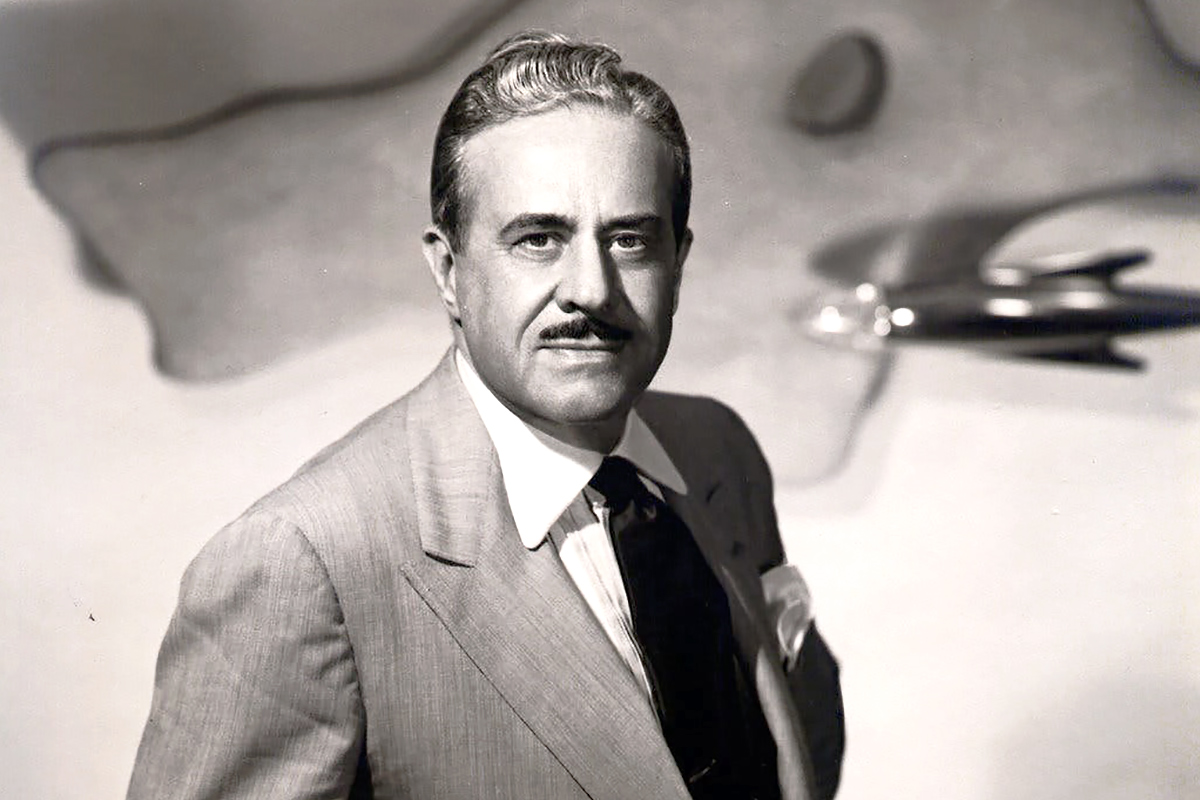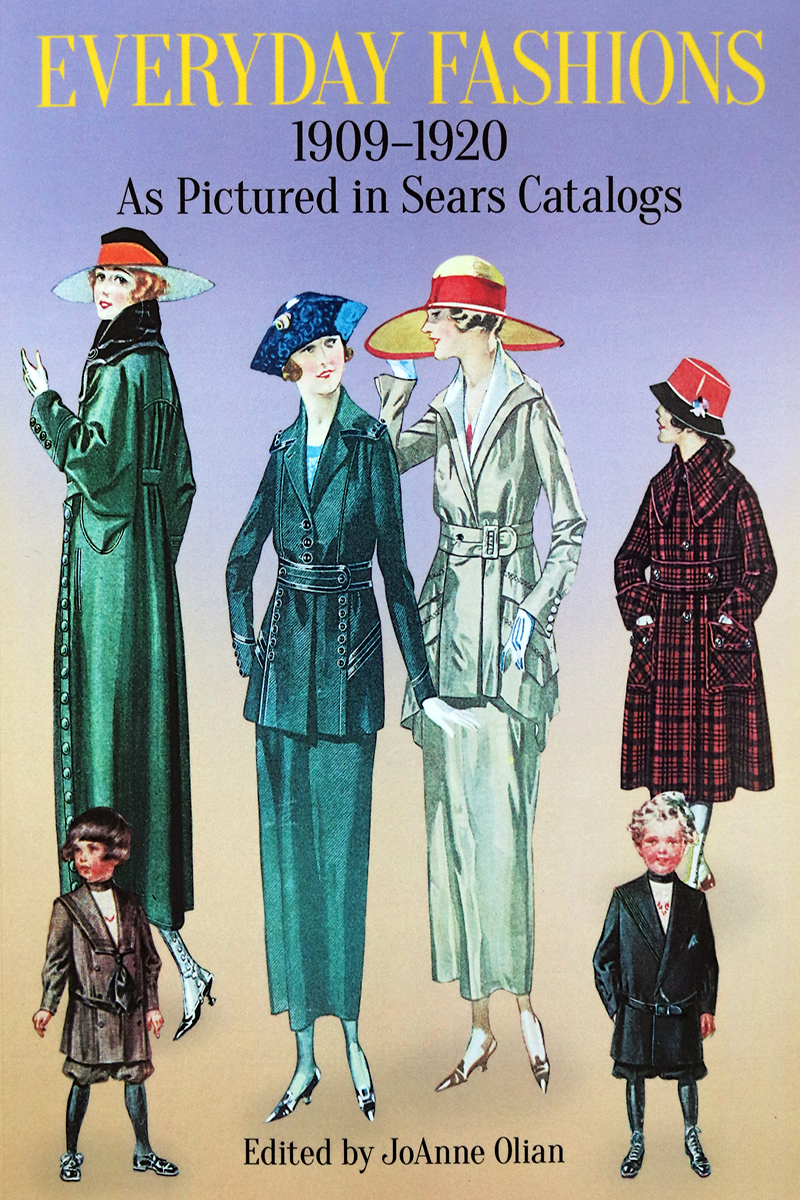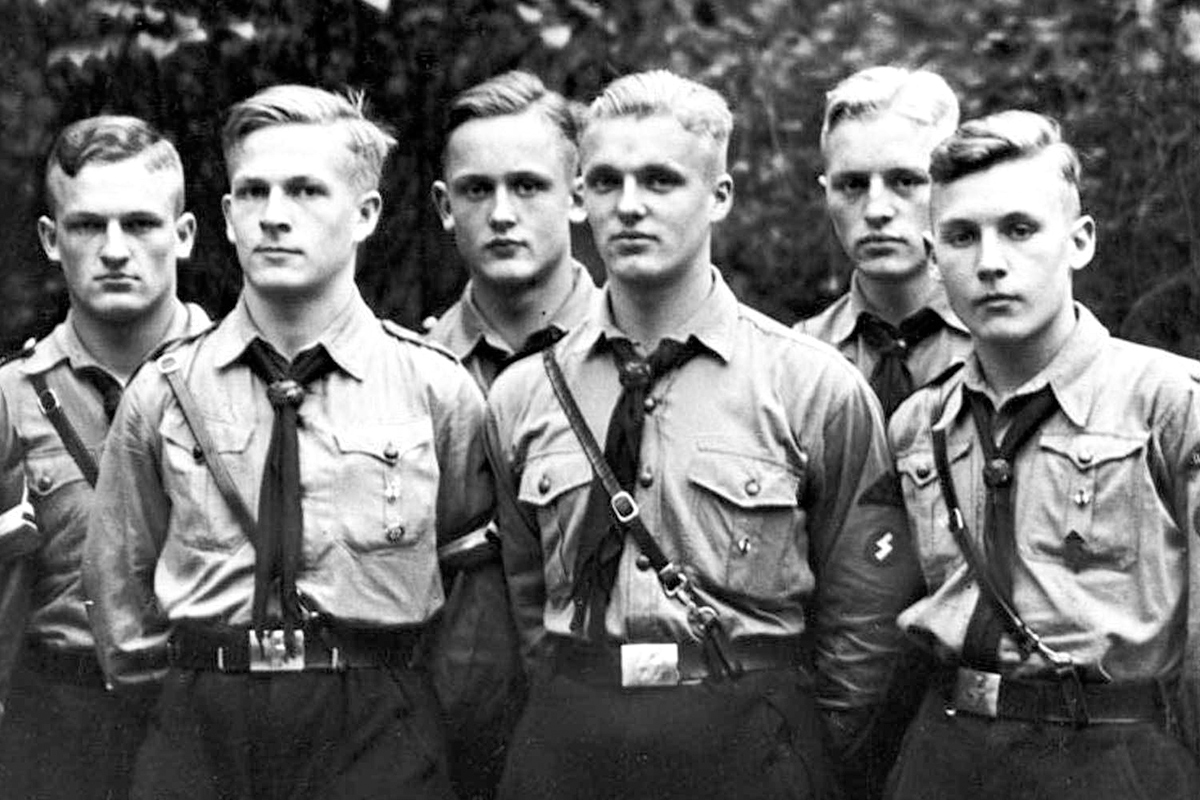The Legend of Korra is the sequel to the original Avatar: The Last Airbender cartoon from Nickelodeon. It’s set seventy years into the future from the original series and is a whole new show in its own right. Although it’s not necessarily to see Avatar first, I would still very much recommend it or you will miss out on a great many details and history of this story.
In the first season we meet some familiar characters, a whole brand new bunch and a brand-new setting.
Avatar Aang is no longer part of the world of the living, the Avatar spirit having reincarnated in the young waterbender Korra.
Tempestuous, strong and a bending talent, Korra has three out of four elements down, only lacking Air.
Just like in the first series, there is only one master airbender alive: Aang and Katara’s son, Tenzin, councilman of Republic City, the capital of the lands now united in what passes for peace after Aang and his friends put an end to the 100-year war in the first series.
Steampunks and dieselpunks alike will enjoy all the elements brought into play the second the Avatar sets foot in town.
Oldtimers, steamships, zeppelins, Victoriana architecture with clear Asian influences, dieselpunk World War II-style flying machines, motorcycles and old-school Vespa-like scooters are all commonplace in this world.
That’s not all. The episode recaps at the beginning of every new installment are in the style of those of old television shows, complete with sepia imagery. People in Republic City listen to old-fashioned radios and the machinery and appliances are for the most part distinctively steam and diesel era in appearance.
The aesthetic doesn’t stop with the modes of transportation. While the water tribes and air monks are dressed in distinctively tribal or traditional Asian-inspired fantasy robes, the vast majority of characters are dressed in a far more contemporary style. Mako and Bolin, two of the main characters, are dressed in what can best described as traditional Chinese garments meets dieselpunk. The Equalists, the main villains of the story, wear outright diesel-style uniforms. The United Forces army is very diesel in both the appearance of their warships and their uniforms. Asami’s regular clothes might me more of a style mix, but her motoring outfits are obviously steampunk, even with cliché cog print included.
And it doesn’t end there: Tesla-esque weapons, mech suits and era-appropriate music, it’s all part of The Legend of Korra.
The best thing about all of this is that it’s not just a cartoon heavy on both steampunk and dieselpunk influences, nor that Nickelodeon has made a sequel to The Last Airbender. It’s that The Legend of Korra, while different from Airbender, is an excellent cartoon in its own right, even with some of the formulas that made the first one fabulous on repeat.
It has a solid plot, the episodes build well upon each other, there’s great consistency and interesting characters and the winks and nudges to the first series range from subtle to blatant to extremely well-mixed into this story. Done in a way to delight fans of the original story, but also clear enough to make sure that those who start watching with The Legend of Korra aren’t left with too much confusion and too many questions.
I would heartily recommend this show to anyone who likes cartoons. It’s also a great way to introduce one’s kids to steampunk and dieselpunk, which I consider to be a total bonus.





